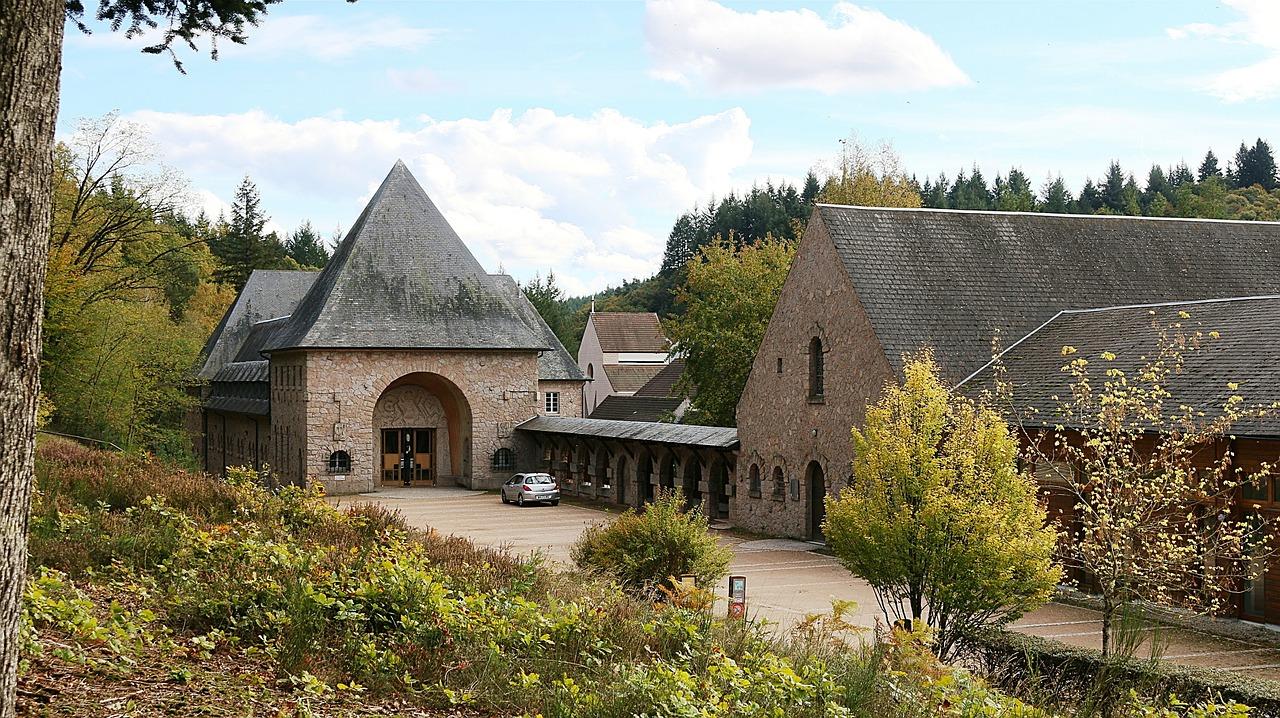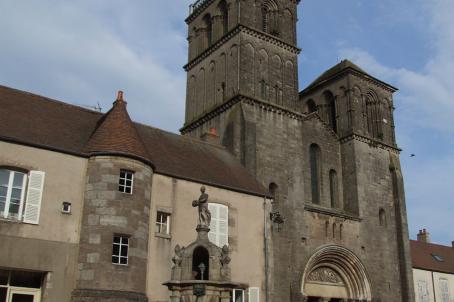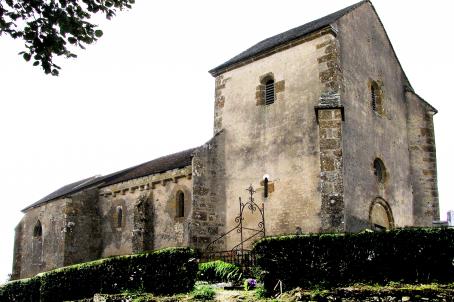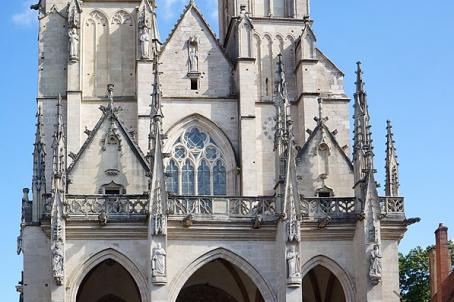Abbey of Notre-Dame de La-Pierre-Qui-Vire

Benedictine abbey founded in 1850 by the Reverend Father Jean-Baptiste Muard, whose fame is due in part to the quality of the Zodiaque editions, founded in 1951 and specialising in Romanesque art, whose volumes were produced at the abbey's integrated printing works until the early 2000s.
About this building
The name of the place, "the Pierre-qui-Vire", comes from a natural characteristic, namely a rock which, when placed on top of another, could be set in motion by simple human pressure. Today the rock is sealed and is surmounted by a statue of the Virgin Mary. The present buildings were built between 1850 and 1953. The church, consecrated in 1871, was profoundly remodelled in 1992. In 2006 and 2007, major work was carried out to bring the hotel business, which dated from 1952, up to standard.





